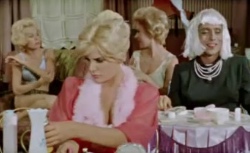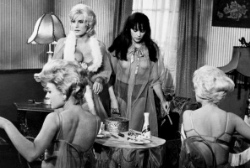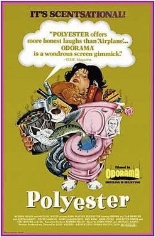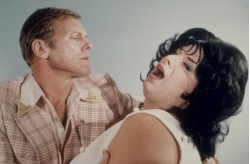
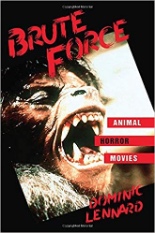 If the Vanessa Morgan-edited (and highly recommended) When Animals Attack: The 70 Best Horror Movies with Killer Animals were your Intro 101 to the naughty-nature subgenre, consider Dominic Lennard’s Brute Force: Animal Horror Movies the subsequent AP class.
If the Vanessa Morgan-edited (and highly recommended) When Animals Attack: The 70 Best Horror Movies with Killer Animals were your Intro 101 to the naughty-nature subgenre, consider Dominic Lennard’s Brute Force: Animal Horror Movies the subsequent AP class.
Part of SUNY Press’ Horizons of Cinema series (as was Lennard’s Bad Seeds and Holy Terrors: The Child Villains of Horror Film of 2015), Brute Force examines the be(a)st that Hollywood and off-Hollywood movies have to offer in depicting man’s battle against eight-, six-, four- and no-legged creatures. This type of terror resonates because, Lennard writes, it “hits us with a radical demotion” on the scale of superiority — not to mention the food chain.
He may discuss the sexual politics of 1976’s King Kong and the gender depiction of bears, but don’t mistake Brute Force as a force of boredom or wokeness; it’s a lively and spirited discussion of a particular and peculiar kind of flick. In other words, the contents contain a serious — and seriously engaging — mix of film criticism analysis that just so happens to include Sharknado — y’know, the Syfy shitnado in which, “as the film’s title promises, we see a great swirling tornado flinging sharks around its perimeter.”
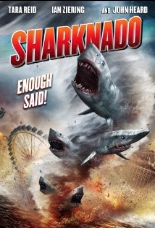 Amid chapters on killer insects, snakes and dogs, Lennard takes a mid-book break to focus not on a member of the animal kingdom, but on the eyes — both for the subgenre’s use of shots from the predator’s POV (as in Michael Wadleigh’s Wolfen) and for those creatures’ propensity to pluck out our peepers (as in Alfred Hitchcock’s The Birds).
Amid chapters on killer insects, snakes and dogs, Lennard takes a mid-book break to focus not on a member of the animal kingdom, but on the eyes — both for the subgenre’s use of shots from the predator’s POV (as in Michael Wadleigh’s Wolfen) and for those creatures’ propensity to pluck out our peepers (as in Alfred Hitchcock’s The Birds).
Lennard’s writing style exhibits humor without snark (“Dark lord among diminutive of terrors is of course the spider”), often coming across as deadpan — a real plus. Other than Brute Force’s investment-style price, the only quibble I have with it is the author’s occasional misclassification of movies to fit the theme; never have I ever heard of The Edge or The Grey or The Ghost and the Darkness referred to as anything but adventure thrillers. Alas, I’m more than willing to throw him a bone. —Rod Lott

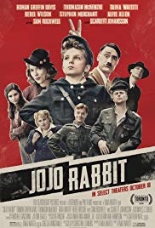
 Dubbed an “anti-hate satire,”
Dubbed an “anti-hate satire,” 

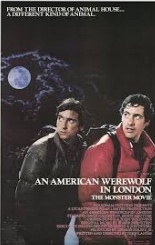
 When I was about 3 or so, my father was a Houston police officer; he would always get off work around 9 p.m., when my mother would have dinner waiting for him at home. Usually he would eat it in front of the television, watching the newest movie currently showing on HBO.
When I was about 3 or so, my father was a Houston police officer; he would always get off work around 9 p.m., when my mother would have dinner waiting for him at home. Usually he would eat it in front of the television, watching the newest movie currently showing on HBO.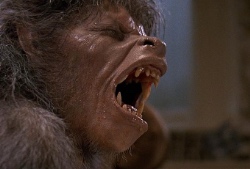
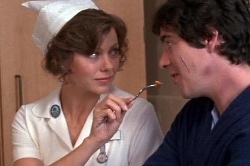
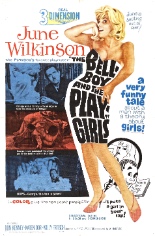
 Something’s afoot — and abreast — in room 229 of the Happy Holiday Hotel, and a cowardly bellboy wants to see for his peeping-Tom self in
Something’s afoot — and abreast — in room 229 of the Happy Holiday Hotel, and a cowardly bellboy wants to see for his peeping-Tom self in 